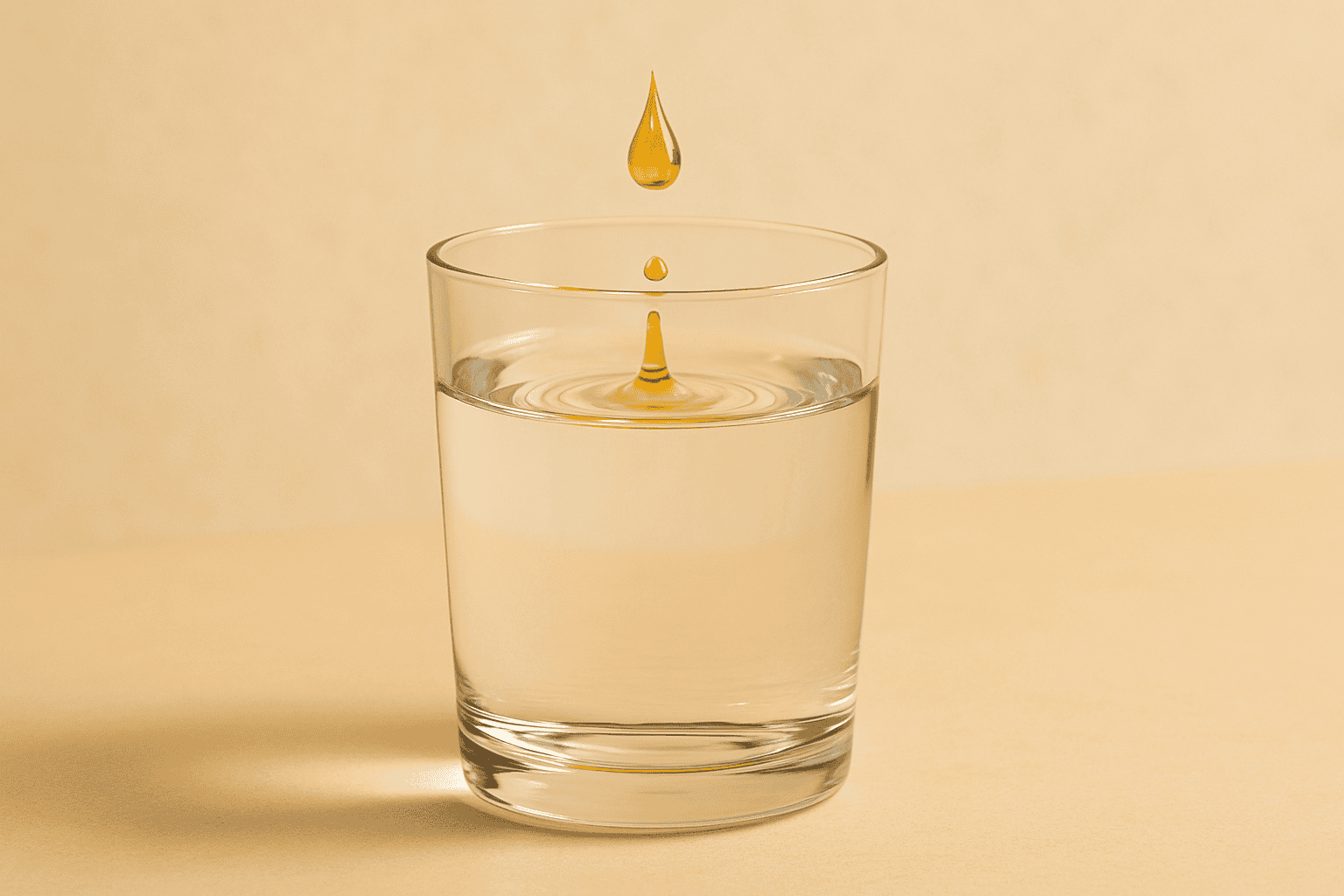Just when we thought the obsession had died down, GLP-1s are in the news again.
98 million Americans have prediabetes (and 80% don’t know it). No wonder everyone is talking about microdosing GLP-1 and a recent Wall Street Journal article is calling for putting GLP-1s in the water.
🤓 What to know: More experts say everyone should use GLP-1s, but it’s controversial.
Last week, pharmaceutical company Novo Nordisk broke up with digital health company Hims & Hers over selling compounded, i.e. non-branded, versions of the drug; excitement is building over the development of oral versions of GLP-1s in the pipeline; and outright fights are breaking out in my Instagram comments over GLP-1 alternatives and supplements. People are fired up and I don’t think the conversation is dying out any time soon.
Many in my medical community call GLP-1s miracle drugs for diabetes, heart disease, cancer, and even cognitive decline. Meanwhile skeptics in my functional medicine world argue they’re just a band-aid for a broken food system.
Now, the longevity crowd is buzzing about GLP-1s’ potential to reduce oxidative stress and boost mitochondrial function to become our biggest anti-aging drug yet. (More research is needed to see if this actually leads to any material gains in healthspan.)
Are you missing out if you’re not using some form of GLP-1 yet?
Personally, I don’t think we should be putting GLP-1s in the water. But I do think more of us can benefit from understanding how to use them to make our lives a little healthier.
💪 What to do: Microdose GLP-1 the right way.
“Microdosing” is a bit of a misnomer. A microdose of a GLP-1 receptor agonist like tirzepatide is usually one-third to one-half the lowest recommended dose taken 1-2 times a week. A lot of people are doing it.
For people looking to lose the last 10 or so pounds or to curb cravings for sugar and alcohol, I find microdosing GLP-1 often works quite well. It reduces appetite with fewer GI issues (but, fyi, still comes with the same risks of losing lean muscle mass if you don’t prioritize protein intake and strength training).
The best way to “microdose,” in my view, is to boost your body’s own GLP-1 production.
People forget we make our own GLP-1. Our bodies are not defective—we didn’t evolve needing these drugs. The problem is:
🍫Processed foods that hijack our natural satiety signals
🦠Changes to our microbiome that cause inflammation and reduce SCFAs like butyrate key for GLP-1 secretion
🌱A lack of key phytonutrients like curcumin and berberine that mean we make less GLP-1 hormone than we could have 100 years ago
While the GLP-1 your body produces breaks down faster than the injectable stuff (medications are designed to resist enzymatic breakdown in the gut and are therefore more potent) it still works.
If you’re frustrated that your body composition isn’t changing despite cutting out all ultraprocessed foods and fitting gym time into your crazy schedule, microdosing GLP-1 might be the key.
Try the below changes for 4-6 weeks to maximize your internal GLP-1 production first. If you’re still not seeing results, talk to your provider about a microdose.
Super-dose your natural GLP-1 with fiber, protein, strength training, and supplement support:
CTA: Know someone on the fence about GLP-1s? Forward this newsletter — and give them some options to consider!
Lightning Round
1. Metabolism is a surprising driver of fertility issues
I recently sat down with my friend Dr. Darshan Shah to talk about medical gaslighting, why “normal” labs fail women, and the role of GLP-1s in menopause for his podcast.
My favorite takeaway: many women labeled “fertility-challenged” are actually experiencing metabolic dysregulation. Even slightly elevated blood sugar can disrupt reproductive hormones. If you’re on a fertility journey, gaining weight in perimenopause, or just want to understand your metabolism better, this one’s for you.
🎧 Listen here!
2. Weighted vests build bones
Wearing a weighted vest on a 45 minute walk will help you burn about 17 extra calories. That’s it. But that is not the point! The best use of a weighted vest is actually to help you build bone density—which we lose 10-20% of during perimenopause and menopause.
So many women I know pay plenty of attention to calories but almost none to bone density. That’s why I’m texting all my friends this link this week. Who wants to join us in wearing a weighted vest for some high-impact exercise?
3. The new supplement in my stack helping me microdose
We just launched Parsley’s new GLP-Metabolic Support supplement and I’m so into it. It’s formulated with:
- Magnesium citrate (regulates blood sugar and reduces gut inflammation)
- Green coffee bean extract (chlorogenic acids help regulate blood sugar, reduce inflammation, and may increase GLP-1 levels)
- Plant-based polyphenols sourced from lemon verbena and hibiscus extracts (activate AMPK, a key metabolic switch that helps the body burn fat and improve energy efficiency).
Add this to a high protein, high fiber and ultraprocessed food free diet and you might be able to skip the microdose.
💛 The Momgevity Files
This week’s camp drop off was a big longevity motivation moment for me.
I dropped my 8-year-old at sleep-away camp last weekend. He sprinted toward bunk beds; I ugly-cried into my steering wheel, then again in yoga. 🤸♀️
Cue existential math: when he turns 80, I won’t be there, no matter how many peptides I inject or weighted vests I wear. That gut-punch is also fuel to make sure I am still thriving when he drops his kids off at sleep-away camp—every rep, macro, and microdose is about feeling vibrant now so I can pack more memories into our overlapping years. Momgevity mission = ON.
Stay strong, stay curious, and breathe—
Robin 🩺✨
